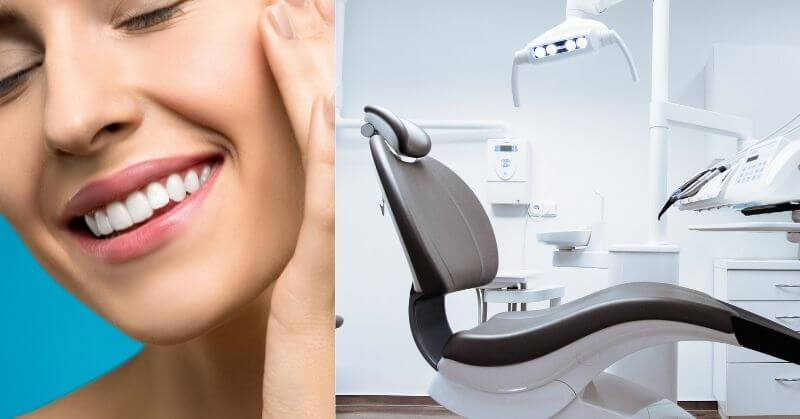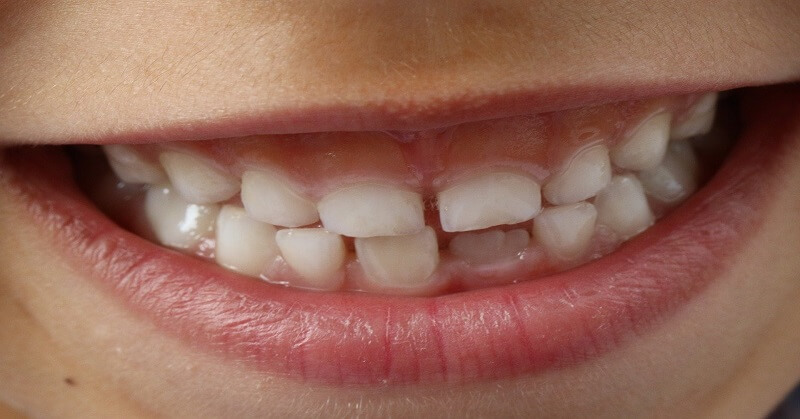Do You remember the tooth fairy from your childhood? One of the greatest delights of childhood was losing a tooth and leaving it under your pillow at night in return for a reward from the tooth fairy. When a person is a youngster, they may not lose all of their baby teeth. Adults may still have baby teeth instead of permanent teeth for a variety of reasons. Continue reading to know more about how Adults With Baby Teeth occur, causes and treatment, and what you can do to prevent it.
What Are Adult Baby Teeth?
By early adolescence, most children’s baby teeth will have fallen out and be replaced by permanent adult teeth. By the age of 21, most permanent teeth should be present in the mouth. Although, some baby teeth don’t come out ever and because of this adult teeth would be unable to replace them. Retained teeth are baby teeth that do not come out, and while they are usually innocuous, they can cause dental problems.
Early in a child’s life, regular dental examinations with the dentist may help parents spot issues with their child’s teeth development, allowing them to design a treatment plan. The second molar is usually the tooth in the mouth that does not come out because it does not have a permanent tooth developing behind it.
If these teeth are kept in the mouth until at least the age of 20, they have a very minimal chance of creating future problems. However, if teeth such as the incisors or primary molars do not fall out, orthodontic treatment is usually necessary to correct dental issues that they may bring to neighboring teeth.
Because retained infant teeth are so prevalent, there have been a lot of theories on what causes them to stay in place. Hyperdontia, or having excess teeth, is one reason why baby teeth don’t fall out. This occurs when there isn’t enough room in the mouth for permanent teeth to sprout. Another, albeit rare, disease in which the majority of all the permanent teeth are absent is tooth agenesis. In some circumstances, the tooth is bonded to the jawbone, preventing it from erupting, or a severe injury or infection stops a tooth from growing and/or erupting normally.
Why Some People Have Adult Baby Teeth?
Very few adults will hold more than one baby teeth from their past childhood. While the origins of over-retained infant teeth are not completely understood, genetics can play an influence, as well as damage, facial trauma, and infection.
If the baby tooth isn’t lost at the correct moment owing to a lack of the permanent one behind it, the primary tooth will become ankylosed, or fused with the jawbone, and remain in the grin for decades.
Problems That Are Caused Due To Baby Teeth
Retained baby teeth do not always result in dental problems. Depending on which tooth does not fall out, some patients may be able to live a normal life for the rest of their lives. If the baby teeth aren’t perfectly aligned with the rest of the teeth, it causes difficulty in cleaning teeth, and cavities can form.
A misplaced baby tooth can also cause the teeth surrounding it to tip or become misaligned, necessitating the use of an orthodontic device to correct. One of the most common concerns patients have regarding a retained tooth is how it appears in their mouth. Some individuals have a visually unappealing and painful retained tooth at the front of their mouth.
Occlusal trauma, which occurs when the teeth do not line up when you close your mouth, can also be caused by retained baby teeth. A lingering baby tooth can develop a diastema, or gap between teeth, in some people. Problems such as misaligned teeth and occlusal damage, require orthodontic treatment. While others such as diastema, are only cosmetic, and if the appearance of the tooth (or gap) bothers you, no treatment is required.
What Should I Do If I’m an Adult with Baby Teeth?
There are a few choices available to people who desire to have their retained baby teeth removed. An orthodontist should assess the tooth and determine whether it is necessary to extract it. The orthodontist can identify any difficulties produced by the tooth and prescribe a treatment strategy based on a basic examination.
Even though it’s a baby tooth, a well-aligned tooth helps to keep the bone and tissue structures in the mouth healthy, so it doesn’t need to be removed if it’s not affecting you. An orthodontist can usually either reshape the tooth or extract it and replace it with a prosthetic tooth. This prosthetic tooth is known as an implant, and it is the most effective way to replace a malformed or misplaced tooth. When teeth are crowded, it is preferable to remove the tooth completely and seal the gap rather than replacing it with an implant.
It is dependent on your circumstances. You may be better off maintaining the baby tooth if it is stable and healthy. Your dentist will keep an eye on things to make sure everything is okay. Additional treatment may be necessary if there are problems with the tooth or concerns about your dental health in the future.
Orthodontics and Surgery
Some type of adjustment may be necessary to protect the baby tooth’s integrity and prevent additional complications when other teeth sprout around it. Orthodontics and prostheses, such as a customized tooth cap, are frequently successful.
Extraction of teeth
The retention of infant’s teeth is removed for two major reasons. First, in instances where extreme crowding inhibits tooth straightening. When the primary tooth is too weak to maintain in place, the other occurs.
When teeth are extracted, the most frequent replacement option is a dental implant, which is generally not done until late adolescence or later. Partial dentures are sometimes a better alternative.
Also Read: Ozempic Foods To Avoid – Side Effects Of Ozempic
Follow Us: Facebook | Instagram | Twitter | Youtube | Pinterest
Tinydale is on YouTube, Click here to subscribe for the latest videos and updates.


